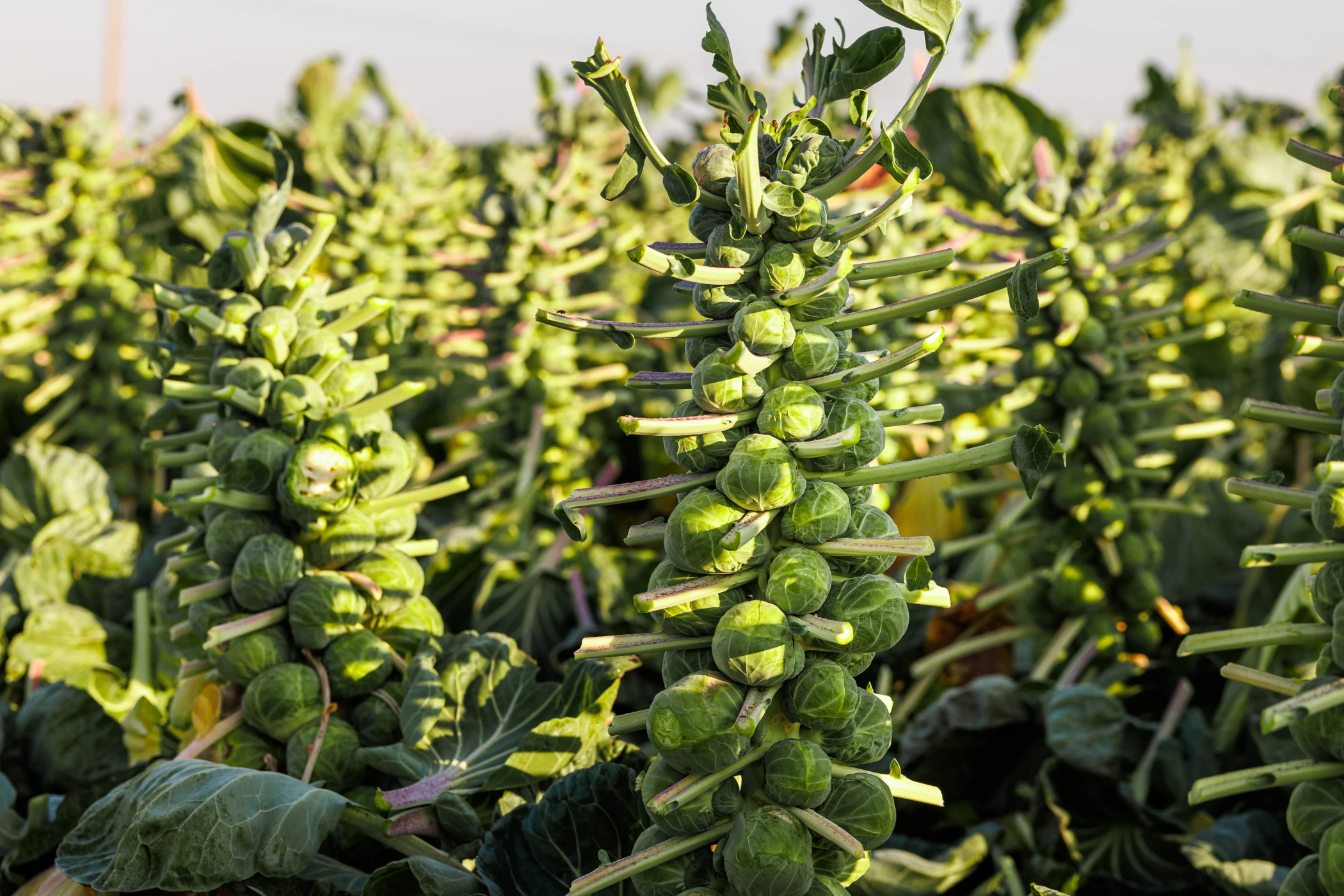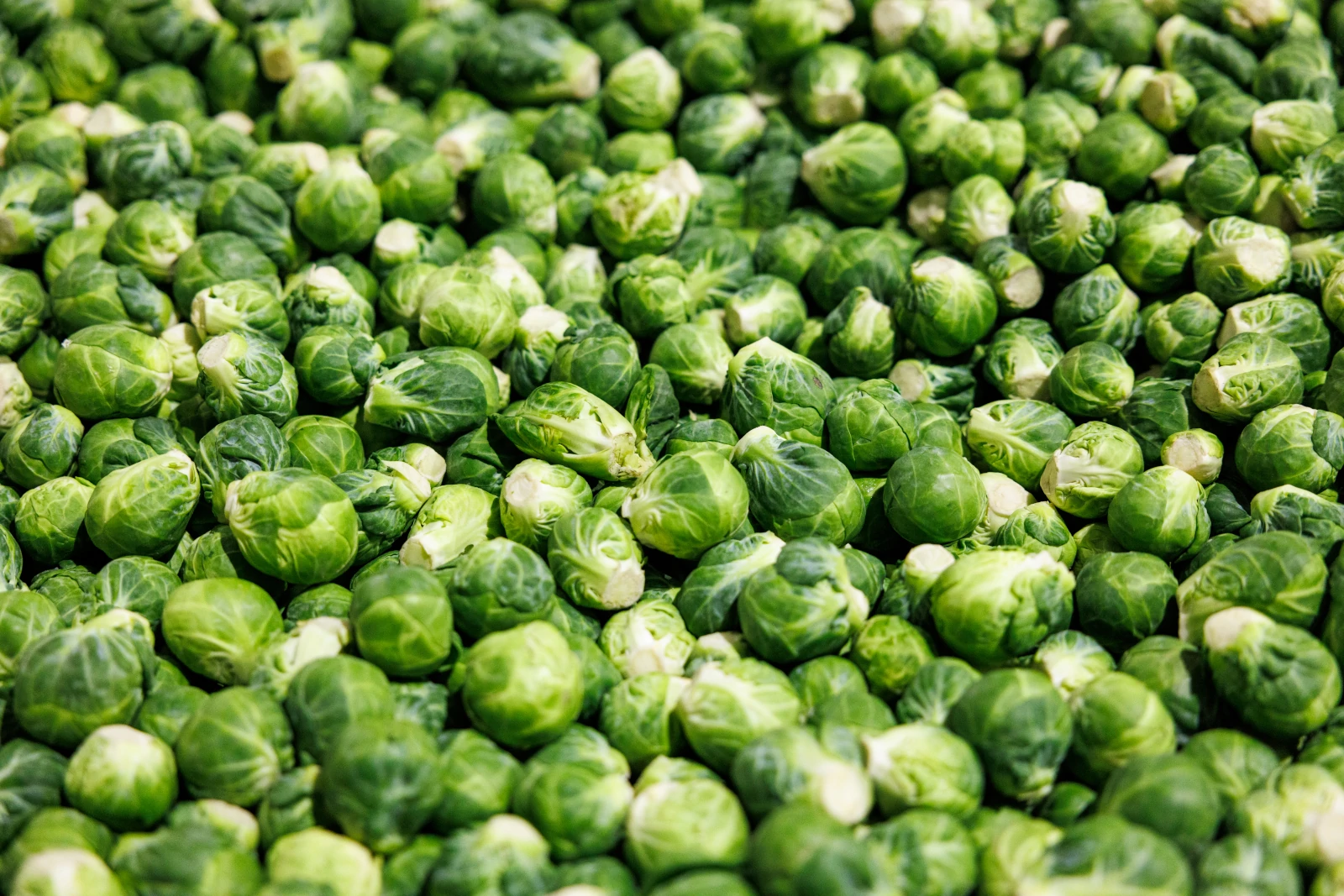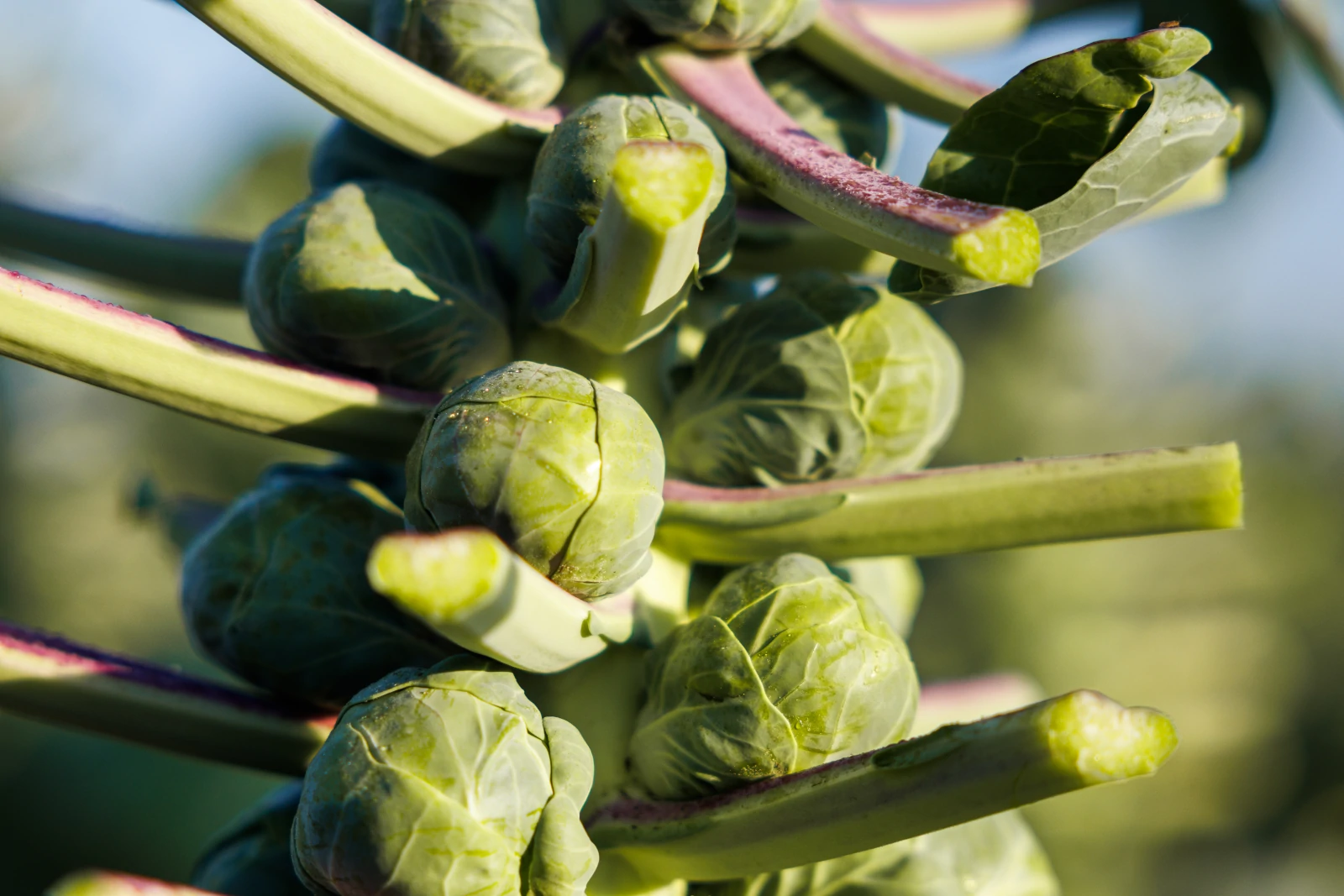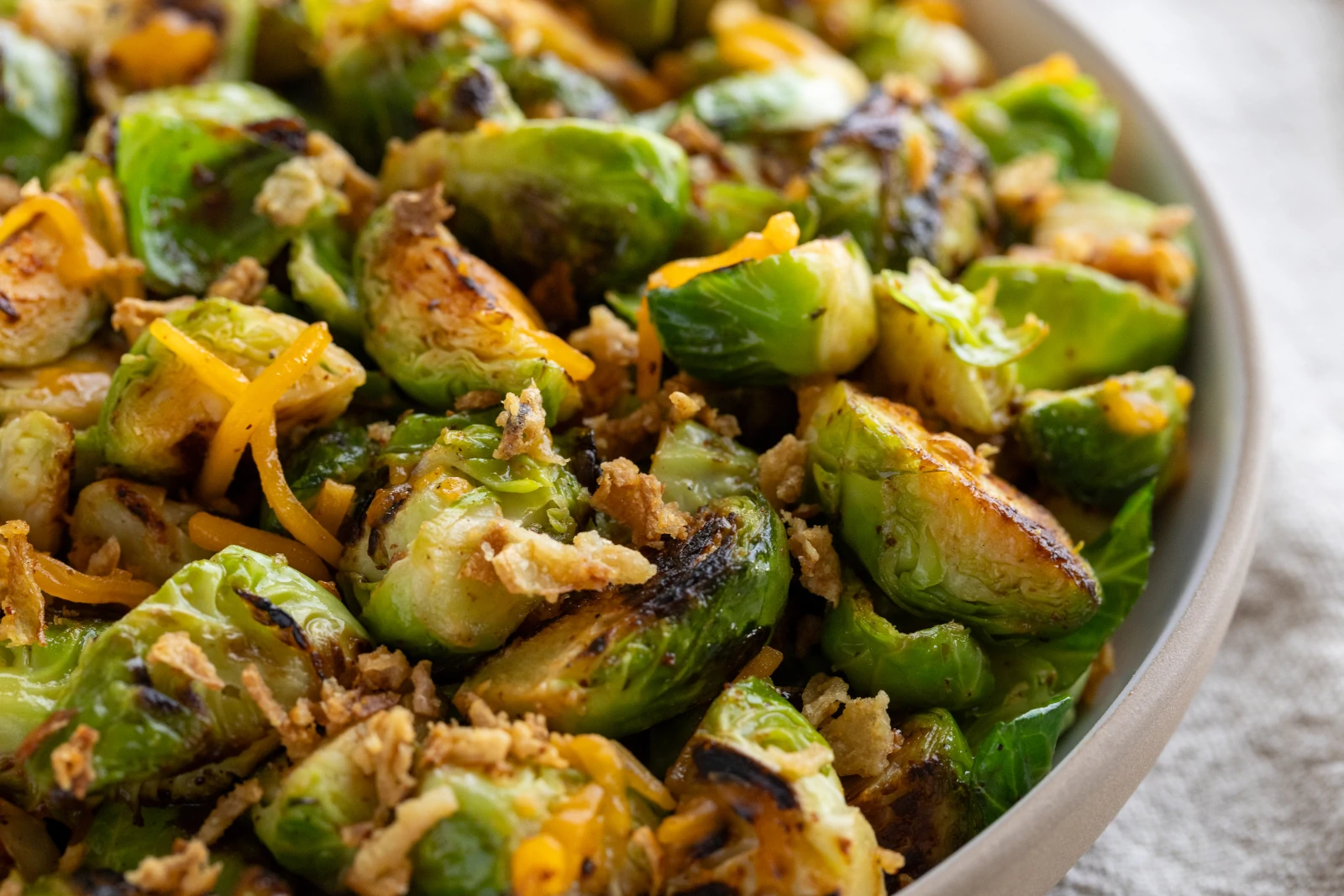Our Brussels



Ancient Romans were the first to cultivate a form of Brussels sprouts as they were native to the Mediterranean region. In the period of Ancient Roman times, Brussels sprouts grew as loose clusters of leaves. Over the centuries, the small leafy clusters were bred into more compact, formed sprouts. In the 16th century, in Brussels, Belgium, the small sprouts became popular enough to earn their current moniker, Brussels sprouts.
Their ability to grow in cool, moist climates of northern Europe and their high-yielding stalks meant that Brussels sprouts could be farmed and harvested in a variety of locations. Brussels sprouts quickly spread throughout Europe, and it is believed that they were introduced to the United States when the French brought them over as they settled in Louisiana.
Currently, the United States is a dominant region for fresh Brussels sprout production. In the 20th century, Brussels sprouts were commercially available fresh, frozen or even canned. In the early 2000s, California growers foresaw an interest in fresh Brussels sprouts, and greater acreage was dedicated to the fresh crop. Today, fresh Brussels sprouts lead consumer consumption, and they are a popular choice on American menus. Home chefs enjoy Brussels sprouts with innovative and flavorful seasonings. The original ‘boil and serve’ preparation has been replaced with a savory slow roast, quick saute or a healthy air fry.

Brussels sprout plants are started in a nursery before they are transplanted into the field. After being germinated, Brussels sprout seeds take 5-8 days to sprout. It takes 240 days from the greenhouse planting to the first harvest: 65 days in the greenhouse combined with 175 days in the ground. The sprout head is formed by individual sprout leaves folding on one another. The plant may grow anywhere from two to three feet tall.
The outer leaves are cut to gain access to the interior stalk. Brussels sprout fields may have two to three picks to harvest all sprouts, which “size up” on the stalks at different times. Brussels sprouts stalks can be harvested by hand or machine.


Because of their many uses, they are a versatile veggie and can be cooked in many ways.
Roasting Brussels sprouts brings out their natural sweetness and adds a charred flavor. Toss sprouts in olive oil and your favorite seasoning and roast in the oven until crispy and caramelized. Brussels sprouts can be enjoyed whole, sliced in half, and shredded. Their leaves can also be prepared in various ways.
Sauteing gives the sprouts a slightly charred exterior and soft interior. Heat your skillet and add butter or olive oil and sprouts. Add some seasonings for extra flavor.
Steaming helps sprouts retain their nutrients. This technique produces a tender texture.
Grilling Brussels sprouts adds a smoky flavor and enhances their earthiness. Place whole or halved sprouts on a skewer, coat in marinade or oil, and set on the grill until cooked.
Raw sprouts add a refreshing element to your dishes with their crisp texture. Shred sprouts for salads or slaws.